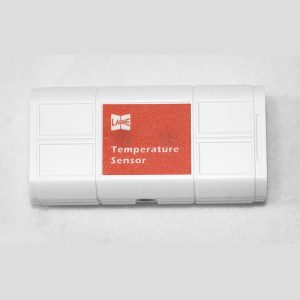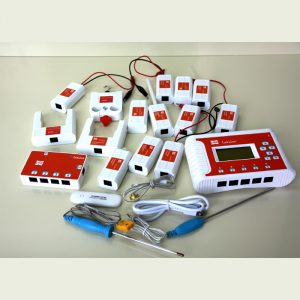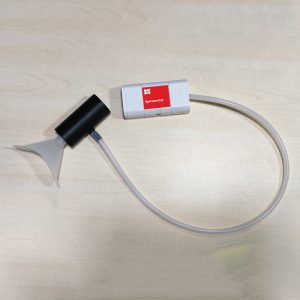Wireless Relative Air Pressure Sensor with syringe
August 1, 2025
Wireless 3-Axis Acceleration/Altimeter
Measurement Range: -5g to +5g (XYZ axes), Resolution: 0.01g
I. Working Principle
The three-axis accelerometer typically consists of a microelectromechanical system (MEMS), including a micro-structured acceleration sensor and signal processing circuitry. The micro-structured acceleration sensor utilizes micromachining technology to fabricate tiny mass blocks and spring systems. When the acceleration of an object changes in a certain direction, the mass block generates corresponding displacement, which is fed back to the housing through elastic force. This displacement or force variation leads to changes in capacitance, resistance, or vibration frequency, thereby generating electrical signals.
II. Specifications
Measurement Range: -5g to +5g (XYZ axes), Resolution: 0.01g
III. Structure and Features
1. Equipped with a 1.8-inch color LCD screen;
2. Configured with five functional buttons for simple and convenient operation;
3. Supports high-speed USB data transfer for rapid communication with data acquisition devices;
4. Supports wireless communication with experimental terminals;
5. Built-in large-capacity removable battery;
6. Features a sensor interface with snap fasteners, compatible with standard sensors for combined experiments;
7. Includes mounting brackets for fixation on iron stands for integration with traditional equipment;
8. Sensor supports iOS, Android, Windows, and other operating systems.
IV. Typical Applications
Measuring acceleration and height.
V. Note
This product is suitable for educational purposes only and not intended for industrial, medical, research, or commercial applications.
VI. Usage Tips
When using the three-axis accelerometer, pay attention to installation orientation, calibration, anti-vibration measures, temperature effects, power and signal interference, selection of sampling rate and bandwidth, as well as data processing and analysis. These precautions will help ensure accurate and reliable acceleration measurement results.




Reviews
There are no reviews yet.